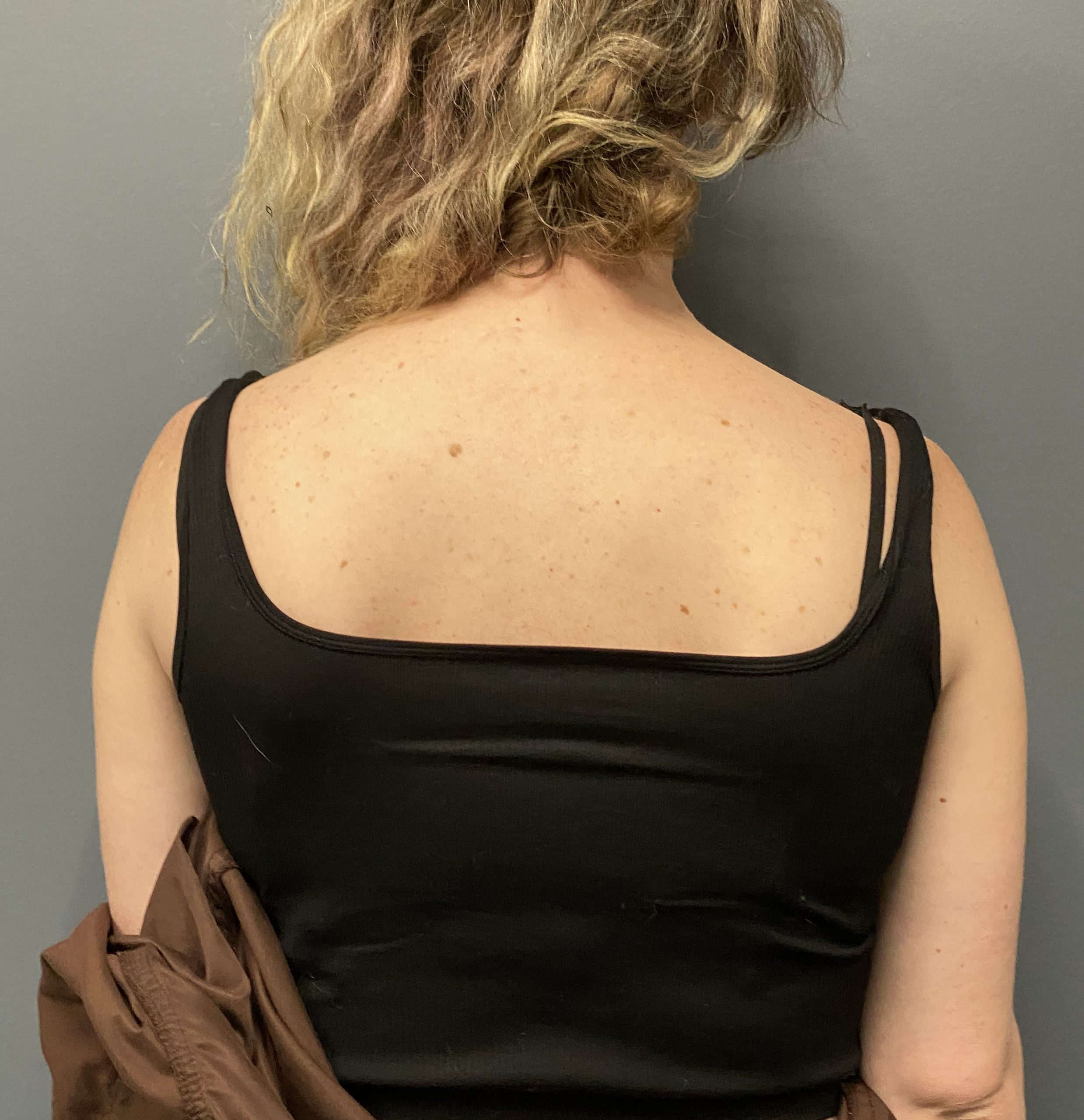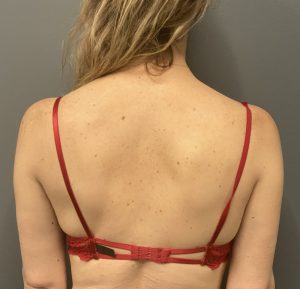Background: Shoulder reduction (clavicle reduction osteotomies) surgery is compared to clavicle fracture repair as it is the identical bone with separation of its cross-section diameter…destabilizing its length. But beyond this basic description that are actually not similar at all. There are many ways they are not alike which is based on their different objectives and reason for the surgery.
The surgery for clavicle fracture repair is about bringing the fractured bone back out to length. (which has collapsed from the fracture(s)) Conversely clavicle osteotomies are designed to shorten the natural length of the clavicle. This may seem like a semantic difference but it is actually a huge conceptual change both in surgical technique but also in recovery process.
In clavicle fracture repair the shoulder and atatched soft tissues are familiar with the anatomy at the end point of the surgery. (restoration) The tissues may be traumatized but bringing it back to its pre-injury length is returning the patient to what they know. In clavicle reduction osteotomies the known shape of the shoulder is going to change to one that is hopefully more consistent with the rest of their body image. (shoulder feminization)
Case Study: This female was bothered by her broad shoulders with a bioudeltoid distance of 49 cms. These are broad shoulders for someone who is 5’ 8.5” tall.
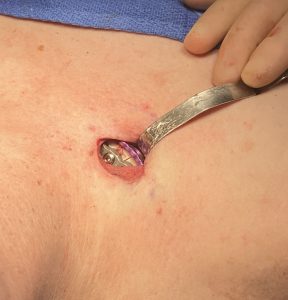
Her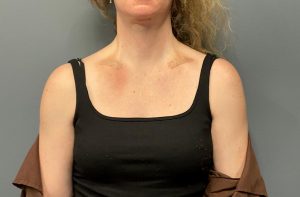

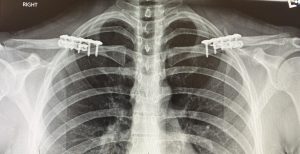
The effectiveness of clavicle shortening is undeniable in the front view. The desquaring of the shoulders is readily apparent. What happens in the back view however is not frequently evaluated and some may argue not as important as it is not readily seen by the patient. It is also completely comprised of muscle (trapezius) and bone (scapula) so its topographic features are less distinct beyond the change in the width of the outer shoulders. Because the area between the shoulder and the neck is comprised of elevated trapezius muscle reducing the width of the shoulders may make this muscle mass more apparent.
Key Points:
1) Shoulder reduction surgery produces positive changes in both the front and back views.
2) The reduction in shoulder width (bideltoid distance) is not always linear or 1:1 with the bone removed.
3) The effects of shoulder reduction surgery are immediate due to the disconnect between the location of the effect and the site of the surgery.
Dr. Barry Eppley
World-Renowned Plastic Surgeon

